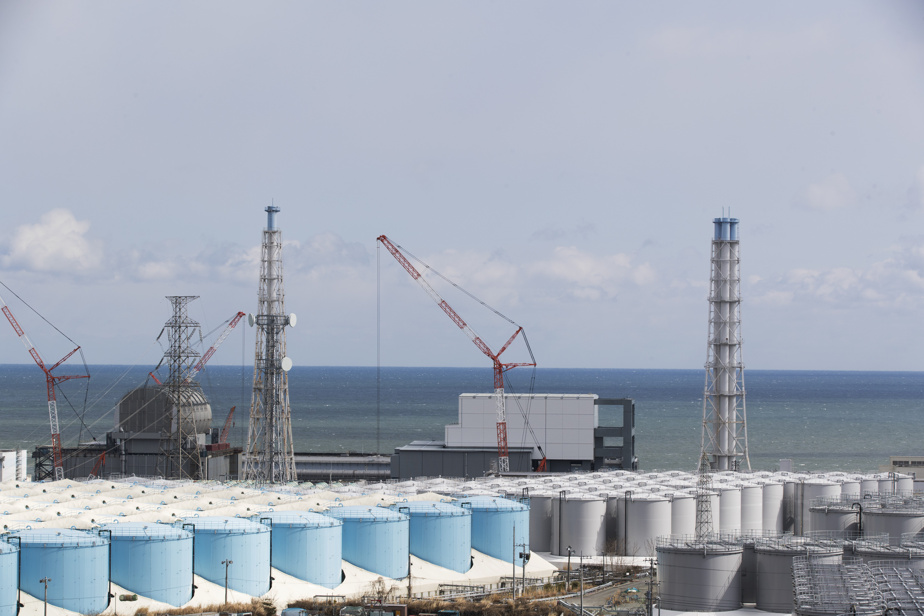(Tokyo) The operator of Japan’s Fukushima nuclear power plant said Monday it will send a probe inside a malfunctioning reactor this week for a test to remove radioactive debris.
Equipped with a robotic arm, it should take about a week to reach the radioactive debris inside the reactor and reappear with the sample next month.
The Tokyo Electric Power Company (Tepco) is aiming to recover a tiny sample of the estimated 880 tonnes of radioactive debris believed to be inside the reactors of the nuclear power plant hit by the tsunami.
The sample will be studied for clues about the condition of the reactors’ interiors and their hazardous contents, a crucial step toward decommissioning the plant.
The decommissioning of a power plant aims to ensure that the dismantling and the resulting waste management can be carried out safely and efficiently without negative effects on the environment.
“We will proceed cautiously with safety as our top priority,” a Tepco official said at a news conference on Monday.
The debris has such high radiation levels that Tepco had to develop specialized robots capable of withstanding it to operate inside it.
Their removal is considered the most formidable challenge of the decommissioning project of the plant. The colossal work of decontamination and dismantling of the plant is expected to last several decades.
Three of Fukushima’s six reactors were operating when the tsunami struck on March 11, 2011, destroying the cooling systems and melting them, causing the worst nuclear disaster since Chernobyl.
In three units of the Fukushima plant, fuel and other materials melted and then solidified into highly radioactive “fuel debris.”
The operator of the stricken Fukushima nuclear power plant sent two mini-drones and a snake-shaped mini-robot into one of three badly damaged reactors in late February, where tons of highly radioactive melted fuel and debris are located.
The operation was halted due to technical problems. The snake-shaped robot was unable to reach its destination because its cables were not working properly, the Mainichi newspaper reported.
Japan began dumping wastewater from the damaged plant into the Pacific Ocean nearly a year ago, after the International Atomic Energy Agency (IAEA) gave the green light.
The move sparked a diplomatic row with China and Russia, both of which have banned seafood imports, although Japan insists the release is safe, a view backed by the U.N. atomic agency.
